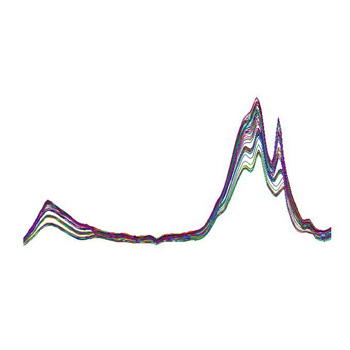Overview
Component correction (CC), generalized least squares (GLS), external parameter orthogonalization (EPO), calibration transfer by orthogonal projection (TOP), dynamic orthogonal projection (DOP), and error removal by orthogonal subtraction (EROS) are different names for similar methods to correct latent-variable calibration models such as principal component regression (PCR) and partial least squares regression (PLSR). With each method, the basic idea is to scale down the components affected by systematic disturbances. The notional differences in these methods are whether the systematic disturbances refer to drifts or instrumental differences, whether the correction is applied off-line or on-line, and whether they use reference or replicate measurements to estimate the components of systematic disturbances. Two fundamental differences between these correction methods concern (1) how to estimate these components using reference/replicate measurements, and (2) whether calibration data lying in these components be scaled down partially or fully, e.g. through orthogonal projection. Recently, there has been some convergence in approach to the first issue. In this work, the second difference is investigated using real-life data, whereby off-line reference measurements are used for calibration transfer or to correct for temperature effects.
Keywords : Spectral measurements; multivariate calibration; drift invariance; orthogonal projection;

Raw near infrared data
Related publications
[epfl_infoscience url=”https://infoscience.epfl.ch/publication-exports/2855/”]